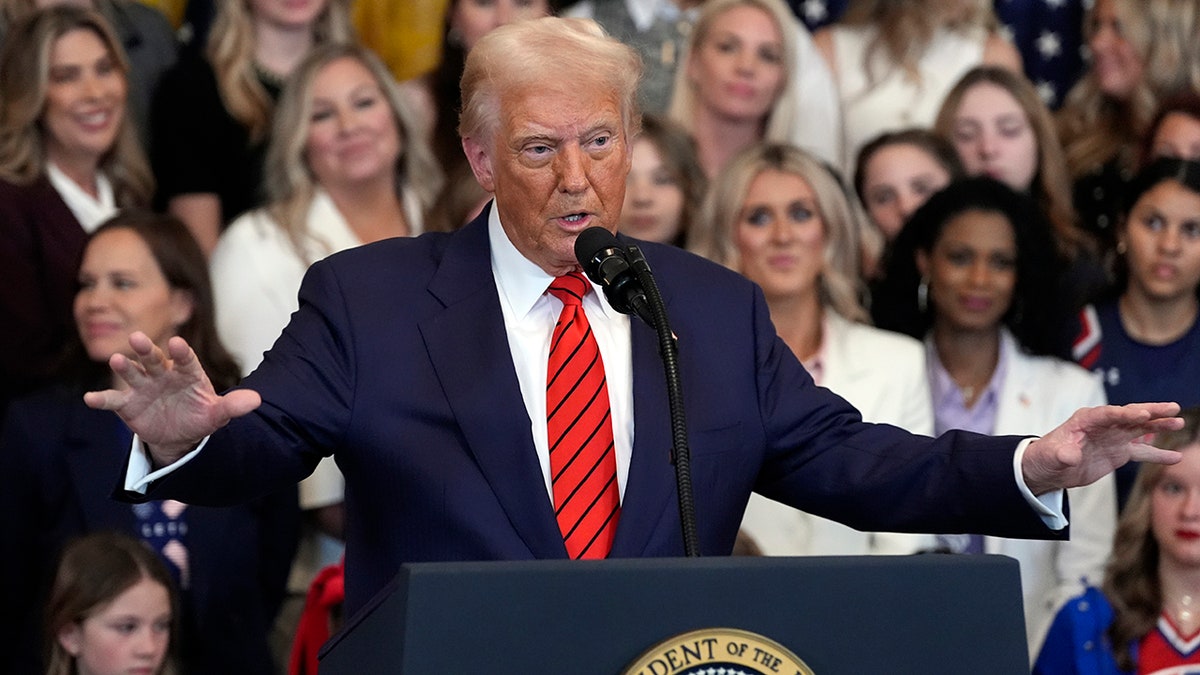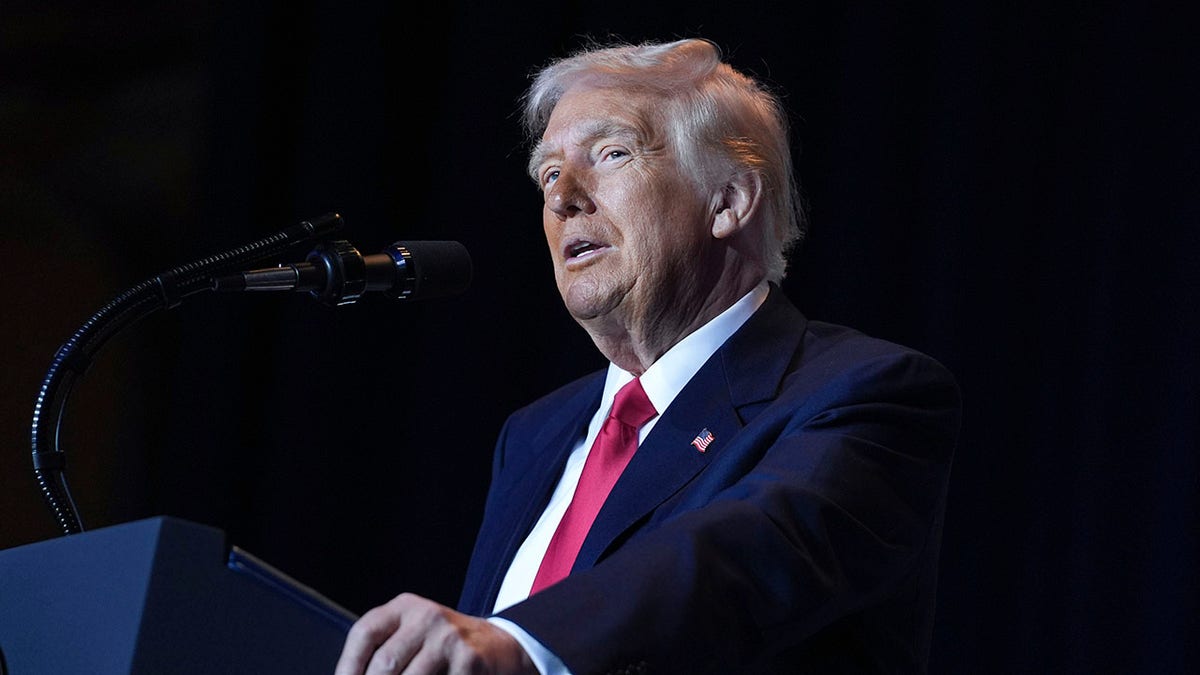Former President Donald Trump recently reiterated his commitment to a trade policy centered around reciprocal tariffs. He detailed his approach in a social media post, explaining that these tariffs aim to level the playing field for American businesses.
Trump's plan involves imposing tariffs that mirror those levied by other countries on American goods. He specifically mentioned the value-added tax (VAT) system used by many nations, stating that it would be treated similarly to a tariff in his reciprocal system. He emphasized that attempts to circumvent these tariffs by routing goods through third countries would not be tolerated.

He also intends to address subsidies provided by other countries and non-monetary trade barriers that hinder American exports or business operations. Trump asserted that his administration has the capability to accurately assess the costs associated with these non-monetary barriers.
Trump argued that this system is fair and offers a simple solution for countries that feel the tariffs are too high: they can reduce or eliminate their own tariffs against the United States. He further highlighted that companies manufacturing within the U.S. would be exempt from these tariffs.

The former president believes this system will promote fairness and prosperity in international trade, addressing what he perceives as unfair treatment of the U.S. by other nations. He stressed that America has supported many countries financially and now expects fair treatment in return.
Trump stated he directed key members of his administration – the Secretary of State, Secretary of Commerce, Secretary of the Treasury, and the United States Trade Representative – to implement the necessary steps to achieve this reciprocal trade system.

He previously suggested that these policies would encourage foreign companies to relocate their operations to the U.S., leading to a surge in domestic job creation. He expressed confidence that this would result in a significant influx of jobs across various sectors, including manufacturing, medical, automotive, and semiconductors.
Comments(0)
Top Comments